Carbon Capture and Storage for a greener industry
Erika Bellmann is a woman of convictions. As managing director of Bellona in Germany, she works to bring Carbon Capture and Storage (CCS) into mainstream climate policy. In addition to electrification and hydrogen use, carbon storage is needed to transform industrial processes in order to make them climate-neutral and to meet climate goals. Utilizing the captured carbon for new products and processes can play a role if a number of sustainability criteria are taken into account (CCU).
By Ingo Petz
Resolved: Climate neutrality is to be achieved by 2050
This is the ambitious goal of the EU. Energy transition and decarbonization are underway and industry is doing its part to reach net-zero by increasing efficiency and turning away from fossil fuels. However, there is still the problem of so-called unavoidable emissions caused by industrial processes, which account for around 30 percent of all industrial GHG emissions.
"If we don't get these emissions under control in the cement, steel or chemical industries, we won't be able to achieve climate neutrality," according to Erika Bellmann, managing director of the newly founded Bellona Deutschland. Originally from Norway, Bellona is an influential environmental protection organization. Bellona Deutschland is working above all to pave the way for a climate-neutral industry in Germany. Bringing years of experience addressing complex sustainability issues to the problem, Bellona and Bellmann have a solution: "Only with CCS, we are able to win the race against time and achieve quick emission cuts."
Erika Bellmann is on fire for her topic. Her eyes begin to shine, and her voice takes on a bright tone as she describes, for example, compressor trains that are installed in future-oriented CCS projects enabling carbon emissions to be split off in production processes, then stored, or as is the case in CCU, reused for other products. "How these tonnes of steel rotate on the compressors – it's sheer madness." Her point: Exciting technology exists, with providers offering market-ready solutions, but the regulatory framework is often non-existant or lags considerably behind the developments in the industry.
If we don't get these emissions under control in the cement, steel or chemical industries, we won't be able to achieve climate neutrality.
Carbon storage should not be an afterthought
Rotation, dynamics, setting heavy equipment in motion - these are good ways to describe what Bellmann does at Bellona. Closed doors need to be opened and the necessary framework and conditions shaped. A PhD chemist, she worked for WWF for ten years in the field of climate protection policy. Now she wants to bring solutions like carbon capture and storage to a full breakthrough in German industry. "My understanding of climate neutrality has developed beyond the energy and electricity side," she explains. "There are steel, chemical and cement industries that can be run entirely on renewable energies, but that doesn't mean that climate-damaging gases are avoided in the production processes. “
For years the UN Intergovernmental Panel on Climate Change's (IPCC) reports have shown that greenhouse emissions – even if the global growth rate has slowed somewhat – have increased by two-thirds in the three decades since international climate negotiations began and are now at record levels.
The cement industry is known to be one of the most challenging industries that cannot operate without emissions. Cement is produced in an energy-intensive process – 65 percent of their emissions are caused by the process alone. The IPCC has confirmed that CCS is the solution to get the so-called unavoidable emissions under control.
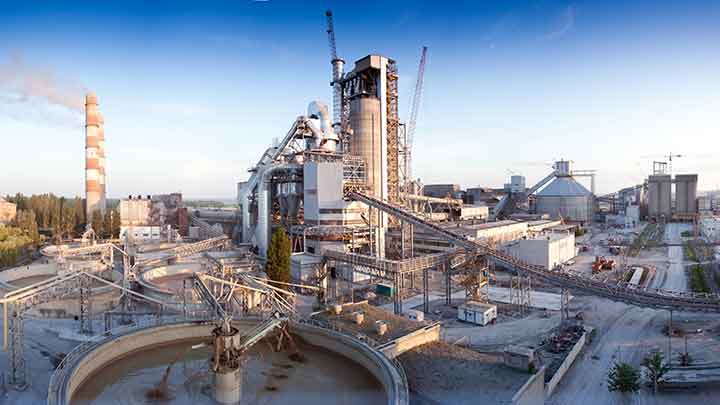
Eight percent of worldwide CO2 emissions are currently caused by the cement industry – 65 percent of it are unavoidable process emissions.
Germany is clearly lagging behind in terms of deep decarbonization. For too long, according to Bellmann, people have concentrated on working through things one after the other: winding down the coal-fired power plants, then expanding solar and wind energy. "Everyone kept saying we have to decarbonize electricity, expand wind and solar. The intense debates apparently left little room to pave the way for additional innovative climate-neutral technologies". Bellmann is convinced that CCS and CCU should have been a parallel launch with renewables adding more flexibility in meeting net-zero climate goals. CO2 pipelines and transport networks could have been built, or large-scale cross-border synergy projects, as are now slowly being started in Europe's largest industrial cluster Antwerp-Rotterdam-Rhein-Ruhr. In Germany, with its industrial traditions, "The large capital-intensive plants actually have to be planned now," says Bellmann, "Now the investment decision has to be in place to be able to produce with zero emissions."
The carbon price is a powerful tool to stimulate CCS and CCU-investments
Germany is not the only country lagging behind. Worldwide, there are currently only about 20 commercial carbon capture operations, but the momentum is growing. In recent years, plans for more than 30 commercial carbon capture projects have been announced. In 2020, governments and industry committed more than $4.5 billion to CCS and CCU projects.
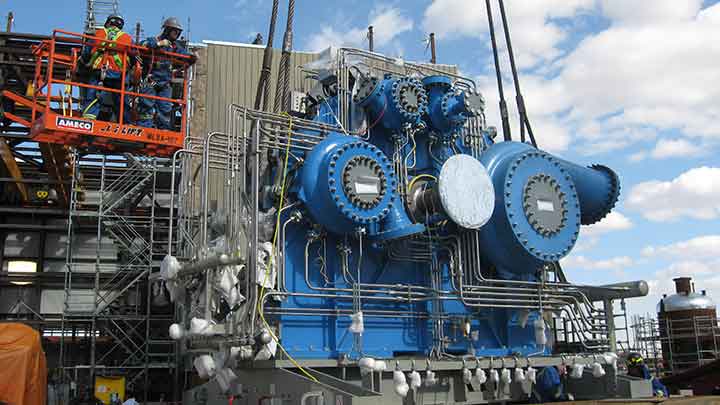
MAN Energy Solutions is installing three compressors at a large-scale carbon capture project in the port area of Rotterdam, Netherlands. It is planned to store approximately 2.5 million tons of CO2 per year under the North Sea.
The Netherlands, where MAN Energy Solutions is involved in a carbon capture project with compressors, are ahead of the game. In Norway, where they began experimenting with and learning from the technology 20 years ago, storage facilities are built in the seabed.
Critics of carbon capture make one argument in particular: For all reactions with CO2, one is dependent on extremely high amounts of energy supply. Therefore, they say, such projects could be used to give companies a green image, without actually being green. Bellmann knows these reservations. "Carbon capture will always be energy-intensive. But you must think systemically," she interjects, “If we don't develop CCS, there is a chance that electrification won't be sufficient, and we won't achieve carbon neutrality. You must electrify directly as far as you can, for the rest you just need CCS. There is no other way," says Bellmann. Another important argument in favor of carbon capture technology: In order to reduce the CO2 content in the atmosphere, the geological storage of CO2 will play a central role.
There is also a case for CCU: The world will continue to need plastics, textile dyes, and food additives that are synthesized. Cement will continue to be needed. Chemical production will have to change its resource base, it will no longer be petroleum-based, but a combination of biomass and CCU.
Before all this can happen, however, a lot must change. At the moment, carbon capture plants are still very capital-intensive. "If we as a society really want to be climate neutral," says Bellmann, "we have to consider not only supporting investments in the technology, but also the operating costs." For Bellmann, there is a powerful tool that can be used to set market mechanisms in motion to get companies to jump on the carbon capture bandwagon and build more plants.
That is the price of CO2, which is currently still very volatile and thus does not provide a reliable basis for this lever. "Companies would rather pay this price than go the innovative route. If the price was stable at around 200 Euros, things would look different." The state is also called upon to guarantee such a stable price over a longer period, which is important for capital-intensive investments.
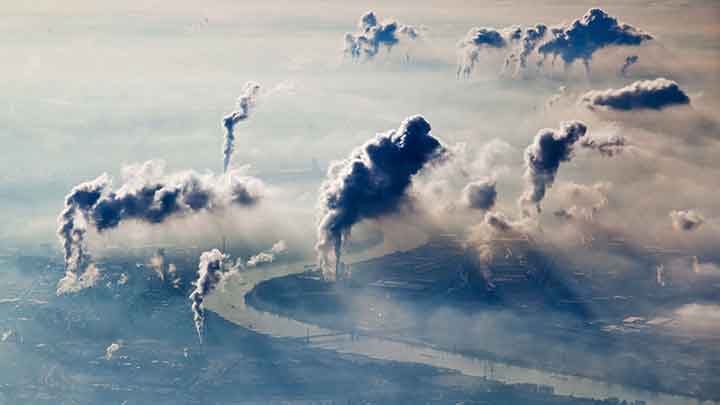
Around 30 percent of global CO2 emissions are considered unavoidable
The administrative homework must be done to get CCUS on track
So, what can be done to ensure that the carbon capture train finally starts moving at full speed? Bellmann doesn't have to think long. The most important thing, she says, is to create the regulatory framework to enable CO2 transport and thus an infrastructure. “The technologies are ready to go,” adds Bellmann. “Now, if we can get the regulatory framework in place, it would encourage a substantial and quick contribution to climate protection.”
Decarbonization with CCUS
About the author
Based in Berlin, journalist Ingo Petz has worked for more than 20 years covering Eastern Europe for publications such as the Frankfurter Allgemeine Zeitung and Der Standard.
Explore more topics
-
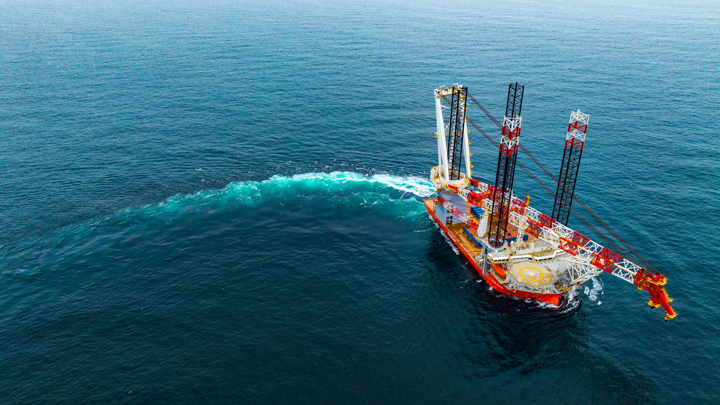
The latest-generation wind turbine installation vessel
A new wind turbine installation vessel with a customized-engine configuration lets offshore wind contractor Cadeler transport and lift more powerful turbines in even rougher locations – and they’re saving emissions while they are at it.
-

Hapag Lloyd LNG container vessel
Hapag-Lloyd’s new LNG-powered containership cuts emissions by a quarter immediately and by 95 percent with green methane
-
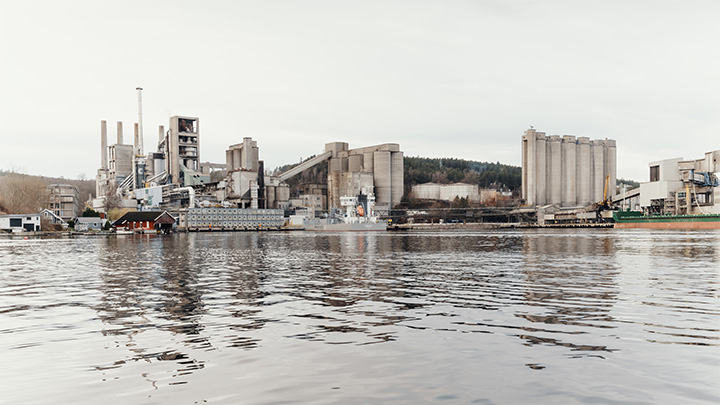
Heidelberg Materials: First CCS plant for cement industry
The first CCS facility for cement production in Brevik, Norway, is paving the way for carbon-neutral industrial processes.
MAN Energy Solutions is now Everllence.
We have adopted a new brand name and moved to a new domain: www.everllence.com. This page will also be relocated there shortly. We are working on shifting all pages to www.everllence.com.
